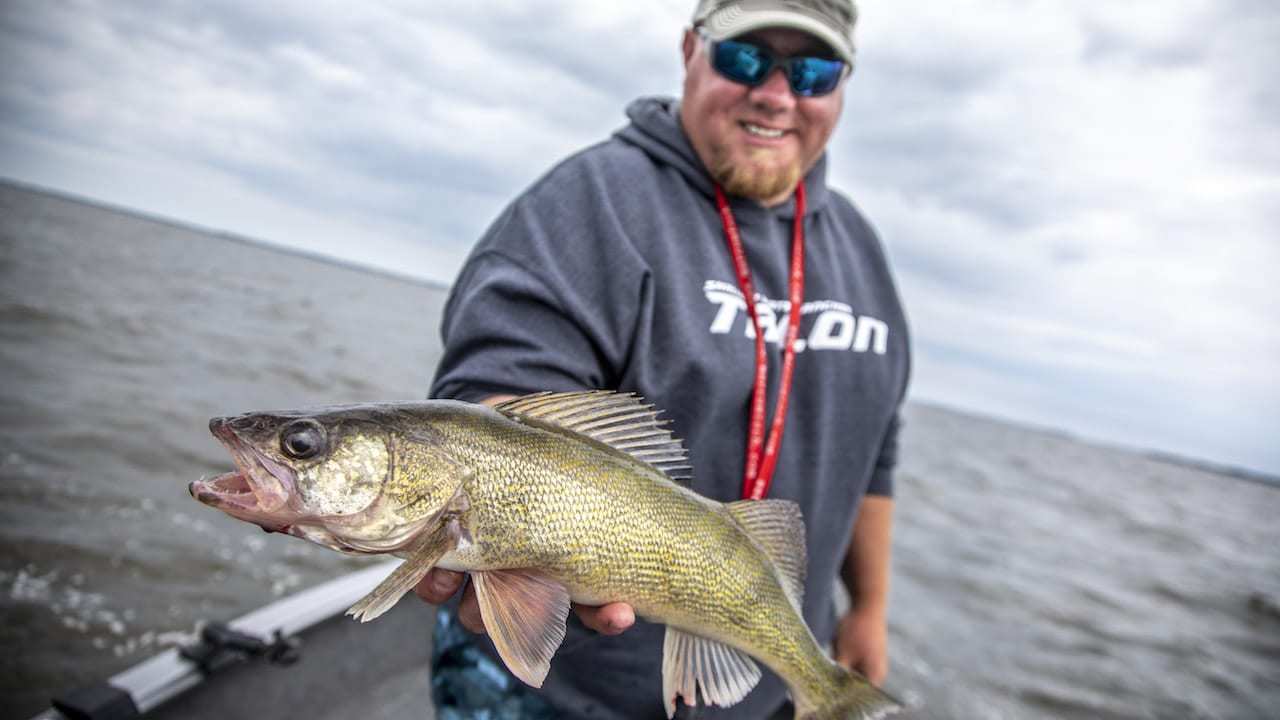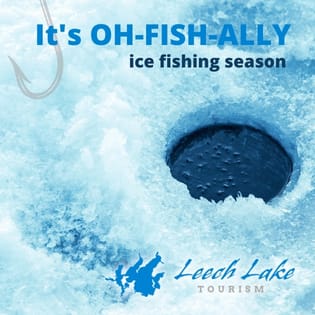Negative Walleyes? — Brad Hawthorne’s Best Answer
What do you do when the walleyes stop biting? What’s your go-to technique for tempting/triggering negative walleyes? Well-known fishing guide Brad Hawthorne shares his favorite tactic in these situations
Negative Walleyes? — Brad Hawthorne’s Best Answer
When it comes to targeting negative walleyes, I always revert back to a tried and true technique: pulling spinners. This method is particularly effective later in the summer when cold fronts start rolling through and the weather becomes more unpredictable. Regardless of the lake I’m fishing, I rely on a simple presentation consisting of a slip sinker, a plain hook, and a certain length of leader, depending on the water clarity. To entice these finicky fish, I use a lively minnow, leech, or crawler as bait. By dangling this tempting treat right in front of their faces, I can often coax neutral or negative walleyes into biting.
The Power of a Slip Sinker Rig
A slip sinker rig is a versatile setup that allows you to present your bait in a natural and enticing manner. The slip sinker, also known as a slip bobber, is a weight that slides freely on the line, allowing the fish to take the bait without feeling any resistance. This is crucial when targeting negative walleyes, as they are often in a sluggish or uninterested state. By using a slip sinker rig, you can present your bait in a way that appears effortless and enticing, increasing your chances of getting a bite.
Choosing the Right Hook and Leader Length
When it comes to selecting the hook for your spinner rig, a plain hook is often the best choice. This allows the bait to move freely and naturally in the water, mimicking the movements of a live minnow, leech, or crawler. The size of the hook will depend on the size of the bait you are using and the size of the walleyes you are targeting.
The length of the leader is another important consideration. In clear water, a longer leader may be necessary to prevent the fish from being spooked by the presence of the mainline. On the other hand, in murky or stained water, a shorter leader may be more effective in getting the bait noticed. Experimentation is key to finding the right leader length for the conditions you are fishing in.
Live Bait Options for Negative Walleyes
When targeting negative walleyes, live bait can be a game-changer. The scent, movement, and natural appearance of live bait can often trigger a response from these finicky fish. There are three main options to consider: minnows, leeches, and crawlers.
Minnows are a popular choice for walleye fishing, and for good reason. Their lively swimming action and natural scent make them irresistible to walleyes. When using minnows as bait, it’s important to keep them lively and active. This can be achieved by using a minnow bucket with aeration or by periodically changing out the minnows to ensure they stay fresh.
Leeches are another effective bait option for negative walleyes. Their slippery and wriggling nature can be incredibly enticing to walleyes, especially when they are in a negative or neutral mood. When using leeches, it’s important to hook them in a way that allows them to move freely in the water. This can be done by threading the hook through the sucker or tail end of the leech, or by using a leech harness.
Crawlers, or nightcrawlers, are a classic bait choice for walleye fishing. Their natural scent and wiggling motion make them a favorite among anglers. When using crawlers, it’s important to thread them onto the hook in a way that allows them to move naturally in the water. This can be done by threading the hook through the head or collar of the crawler, or by using a crawler harness.
The Importance of Presentation
When targeting negative walleyes, presentation is key. It’s important to present your bait in a way that appears natural and enticing to the fish. This can be achieved by using a slip sinker rig, as mentioned earlier, and by adjusting your presentation based on the water clarity and conditions.
In clear water, a more subtle and finesse presentation may be necessary. This can be achieved by using a lighter slip sinker and a longer leader. It’s also important to pay attention to the speed at which you are pulling the spinner. A slower, more methodical retrieve can often be more effective in clear water.
In murky or stained water, a more aggressive presentation may be needed to get the attention of the walleyes. This can be achieved by using a heavier slip sinker and a shorter leader. It’s also important to experiment with the speed and action of your retrieve. Sometimes a faster, more erratic retrieve can trigger a response from the fish.
Thumbnail photo via Matt Addington
[/et_pb_text][/et_pb_column][/et_pb_row][/et_pb_section]










